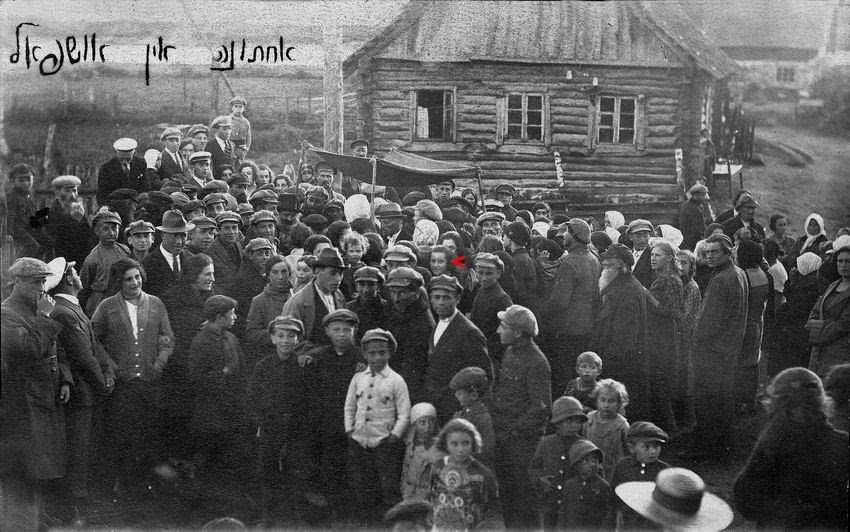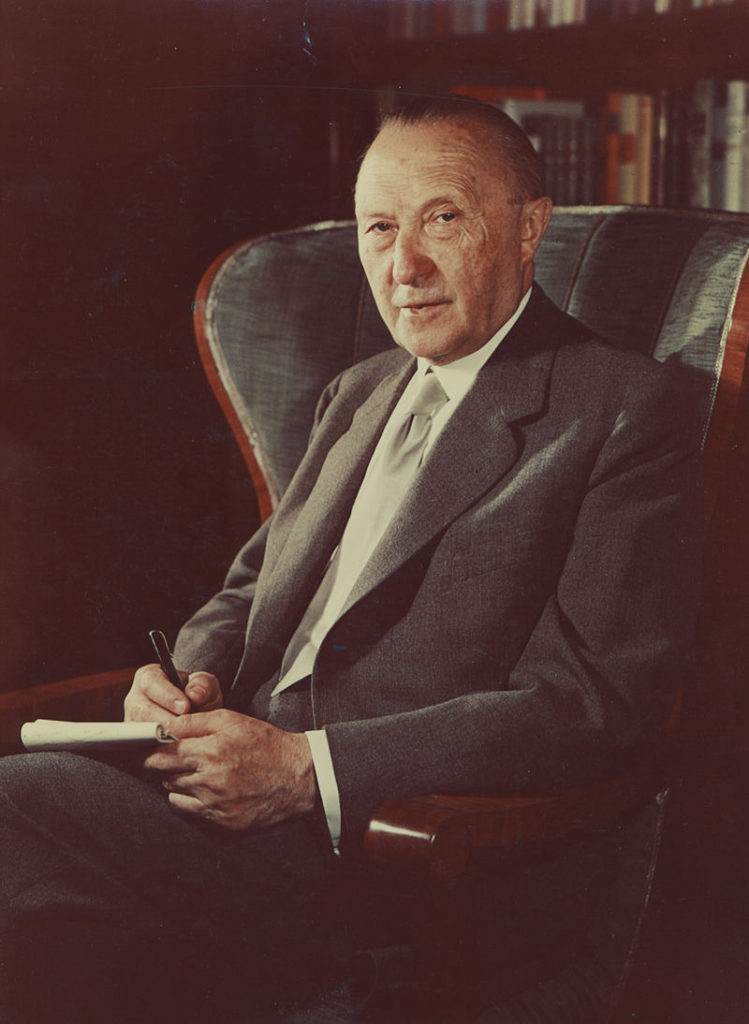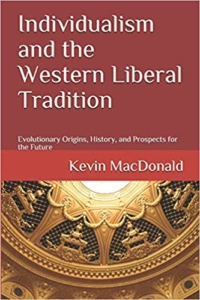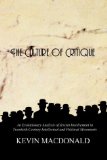In his VDARE article of April 22, “Eastern European Jews And The Case Of the Marginalized Elite,” Paul Gottfried claims that I fail to make important distinctions among Jewish groups:
Though Kevin MacDonald argues his theory about Jewish group behavior ably, I believe it is unwarranted to generalize about the social behavior of all Jews simply because of the behavior of Eastern European Jews. …We are clearly dealing with a group that embraces all kinds of Leftist causes, most of which have a destabilizing effect on what remains of a traditional Christian society. Let me repeat: I don’t find anything about this behavior that has characterized all Jews at all times (unlike MacDonald).
This article summarizes some of my comments on different groups of Jews, some of which may have gotten a bit lost in the shuffle. In fact, beginning with my first two books on Judaism, I have repeatedly discussed differences among Jewish groups (e.g., IQ differences between Ashkenazi and Sephardic groups in chapter 7 of A People That Shall Dwell Alone). This includes the important distinction between Eastern European Jews and Western European Jews, beginning with Chapter 6 of Separation and Its Discontents (1994) on Jewish strategies to minimize anti-Semitism.
It has often been critically important for Jews to be able to present a divided front to the gentile society, especially in situations where one segment of the Jewish community has adopted policies or attitudes that provoke anti-Semitism. This has happened repeatedly in the modern world. A particularly common pattern during the period from 1880 to 1940 was for Jewish organizations representing older, more established communities in Western Europe and the United States to oppose the activities and attitudes of more recent immigrants from Eastern Europe (see note 20). The Eastern European immigrants tended to be religiously orthodox, politically radical, and sympathetic to Zionism, and they tended to conceptualize themselves in racial and national terms—all qualities that provoked anti-Semitism. In the United States and England, Jewish organizations (such as the American Jewish Committee [AJCommittee]) attempted to minimize Jewish radicalism and gentile perceptions of the radicalism and Zionism of these immigrants (e.g., Cohen 1972; Alderman 1992, 237ff). Highly publicized opposition to these activities dilutes gentile perceptions of Jewish behavior, even in situations where, as occurred in both England and America, the recent immigrants far outnumbered the established Jewish community.
This difference between the Eastern European immigrant community and the German-Jewish establishment in the US is a central theme of “Jews, Blacks, and Race” (in Samuel Francis (Ed.), Race and the American Prospect: Essays on the Racial Realities of Our Nation and Our Time [The Occidental Press, 2006]):
Anti-Jewish attitudes that had been common before [World War II) declined precipitously, and Jewish organizations assumed a much higher profile in influencing ethnic relations in the U.S., not only in the area of civil rights but also in immigration policy. Significantly this high Jewish profile was spearheaded by the American Jewish Congress and the ADL, both dominated by Jews who had immigrated from Eastern Europe between 1880 and 1920 and their descendants. As indicated below, an understanding of the special character of this Jewish population is critical to understanding Jewish influence in the United States from 1945 to the present. The German-Jewish elite that had dominated Jewish community affairs via the American Jewish Committee earlier in the century, gave way to a new leadership made up of Eastern European immigrants and their descendants. Even the AJCommittee, the bastion of the German-Jewish elite, came to be headed by John Slawson [in 1943], who had immigrated at the age of 7 from the Ukraine.
The AJCongress, a creation of the Jewish immigrant community, was headed by Will Maslow, a socialist and a Zionist. Zionism and political radicalism typified the Jewish immigrants from Eastern Europe. As an indication of the radicalism of the immigrant Jewish community, the 50,000- member Jewish Peoples Fraternal Order was an affiliate of the AJCongress and was listed as a subversive organization by the U.S. Attorney General. The JPFO was the financial and organizational “bulwark” of the Communist Party USA after World War II and also funded the Daily Worker, an organ of the [Communist Party USA], and the Morning Freiheit, a Yiddish communist newspaper. Although the AJCongress severed its ties with the JPFO and stated that communism was a threat, it was “at best a reluctant and unenthusiastic participant” in the Jewish effort to develop a public image of anti-communism—a position reflecting the sympathies of many among its predominantly second- and third-generation Eastern European immigrant membership. Concern that Jewish communists were involved in the civil rights movement centered around the activities of Stanley Levison, a key advisor to Martin Luther King, who had very close ties to the Communist Party (as well as the AJCongress) and may have been acting under communist discipline in his activities with King.
Read more










